Inter-American Accreditation Cooperation, A.C.
Inter-American Accreditation Cooperation, A.C.
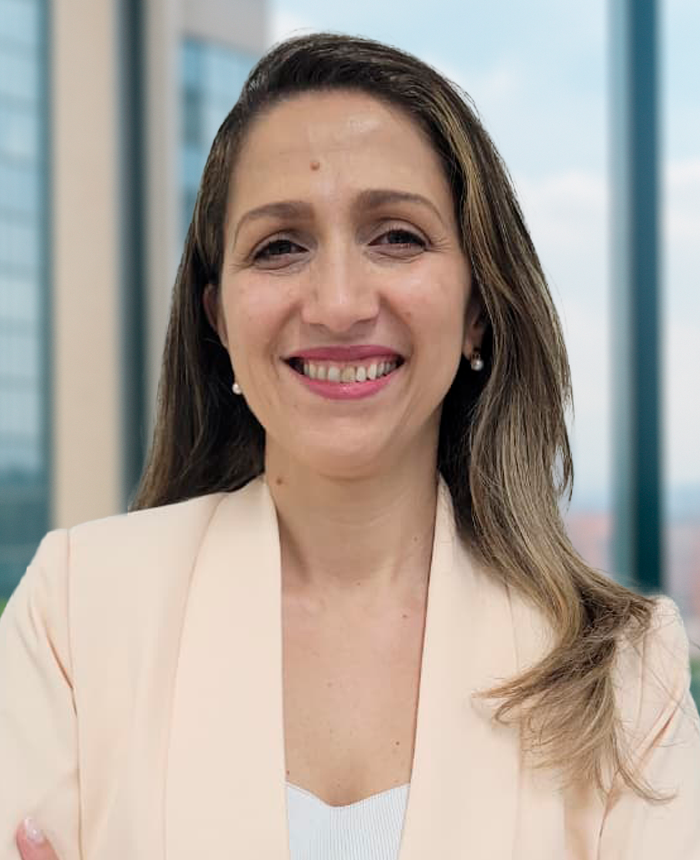

The Chair of the Inter-American Accreditation Cooperation (IAAC) leads the organization, representing it before international organizations and guiding its strategic development. The Chair’s main responsibilities include:
These functions ensure that IAAC continues to strengthen the quality infrastructure in the Americas.
The IAAC Vice Chair supports the Chair in his duties and replaces him in the event of temporary absence.
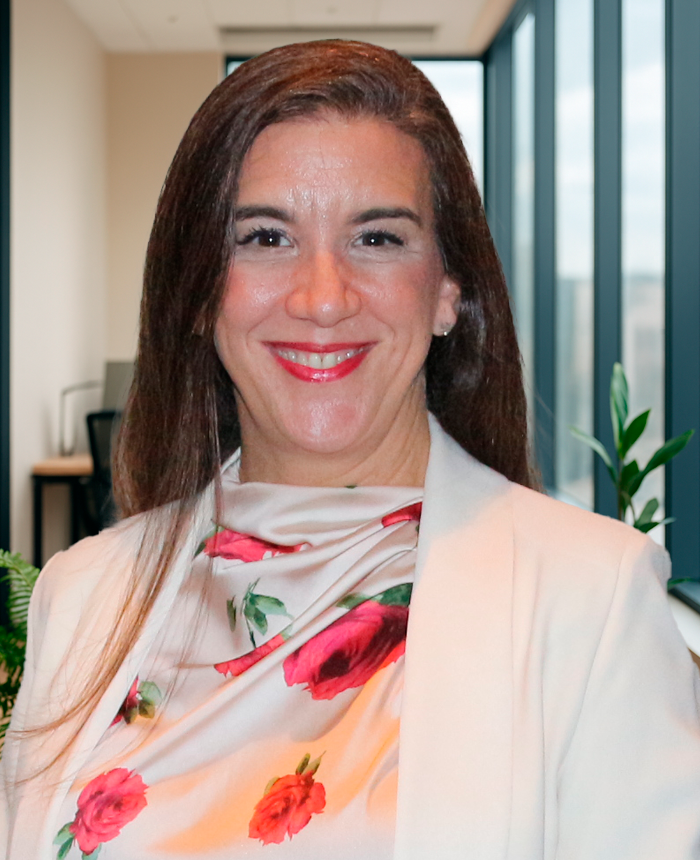

The MLA Committee Chair plays a key role in overseeing and directing the IAAC Multilateral Recognition Arrangements (MLA) system. Responsibilities include:
Oversight of Peer Evaluations
Coordination with Relevant actors
Continuous Improvement and Harmonization
FUNCTIONS AS CHAIR OF THE IAAC MLA GROUP
As Chair of the MLA Group leads the technical and operational activities related to peer evaluations and maintenance of the MLA system. IAAC MLAG Chair mains functions are:
These functions are critical to ensuring the integrity, consistency and international recognition of IAAC's Multilateral Recognition Arrangements system.
The Vice Chair of the IAAC MLA Committee and MLA Group supports the Chair in the technical and operational management of the Multilateral Recognition Agreement (MLA) and in strengthening its implementation in the region.
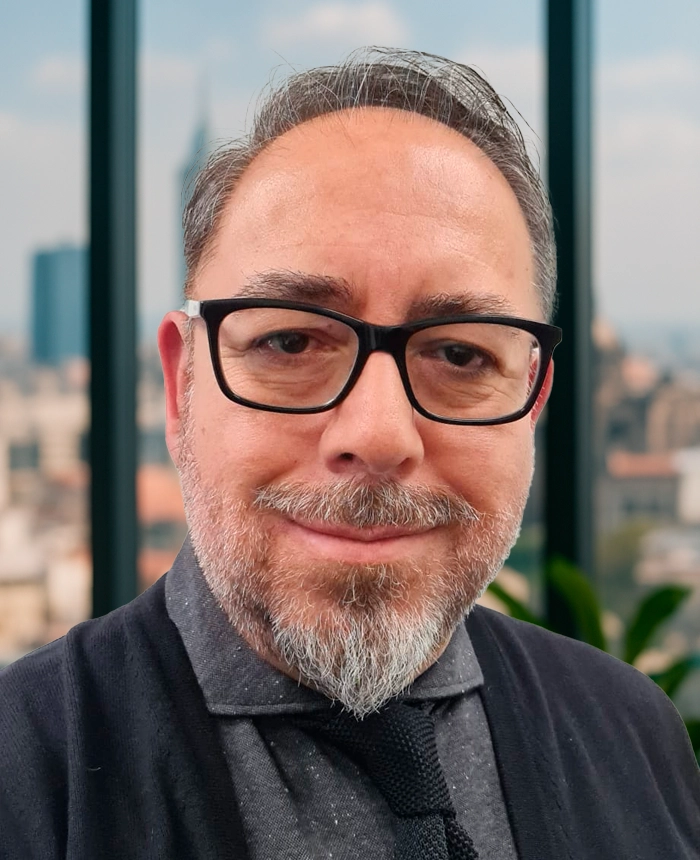
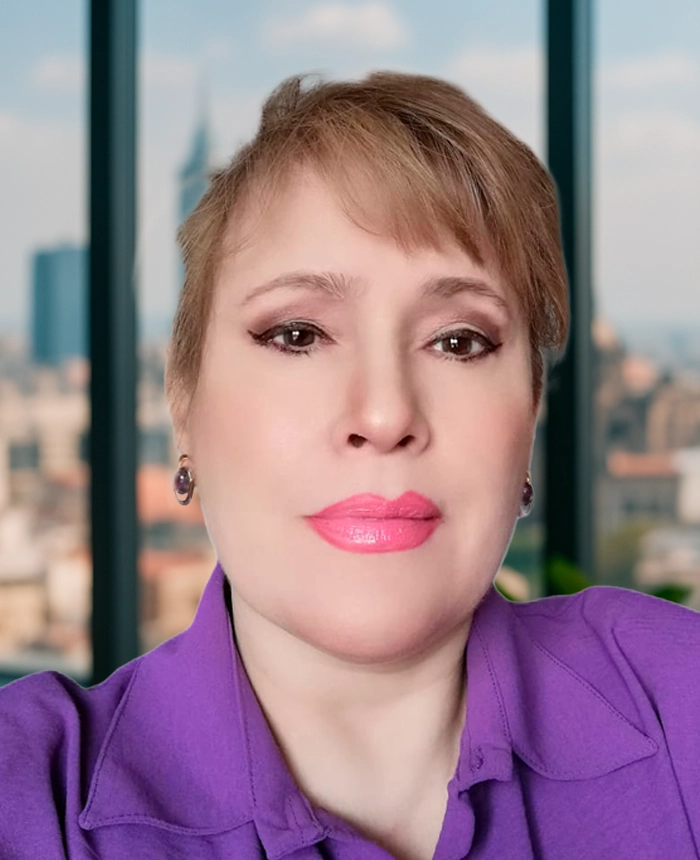
The Chair of the IAAC Technical Committee leads the technical dimension of the organization, ensuring the integrity, consistency and effectiveness of accreditation in the Americas. His role is fundamental to ensure that standards, policies, mandatory documents, guidelines and technical procedures are aligned with the current challenges and strategic objectives of IAAC.
Among his main responsibilities are:
These functions are essential to sustain IAAC's technical credibility, foster a culture of excellence and promote its positioning as a regional reference in accreditation.
The Vice President of the IAAC Technical Committee supports these functions, actively contributing to the coordination and continuity of the technical work, and assuming leadership in the absence of the President.
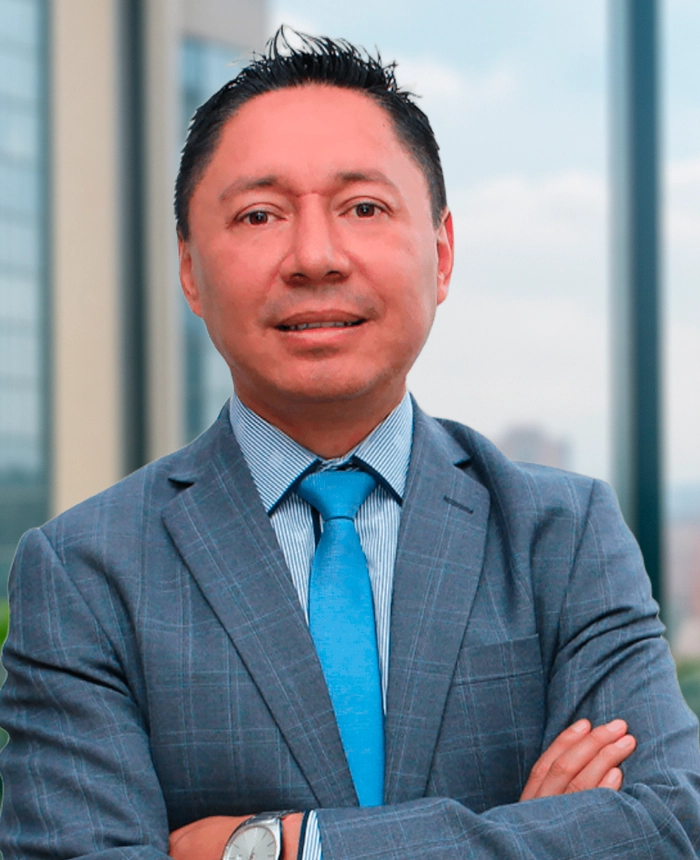

The Chair of the IAAC Management Committee ensures an efficient management, aligned with the strategic objectives of the cooperation. His/her role is key to ensure policy implementation, institutional promotion, capacity building and the development of IAAC's management system. In addition, it articulates the work with other committees and reports to the Executive Committee and the General Assembly, facilitating informed and consistent decision making.
From a strategic perspective, this leadership drives the harmonization of processes, integration of activities and continuous improvement, contributing to the institutional strengthening of IAAC and its members. The role of the President, supported by the Vice President of the committee, is fundamental to consolidate a transparent and coordinated operation with regional impact in the quality infrastructure of the Americas.
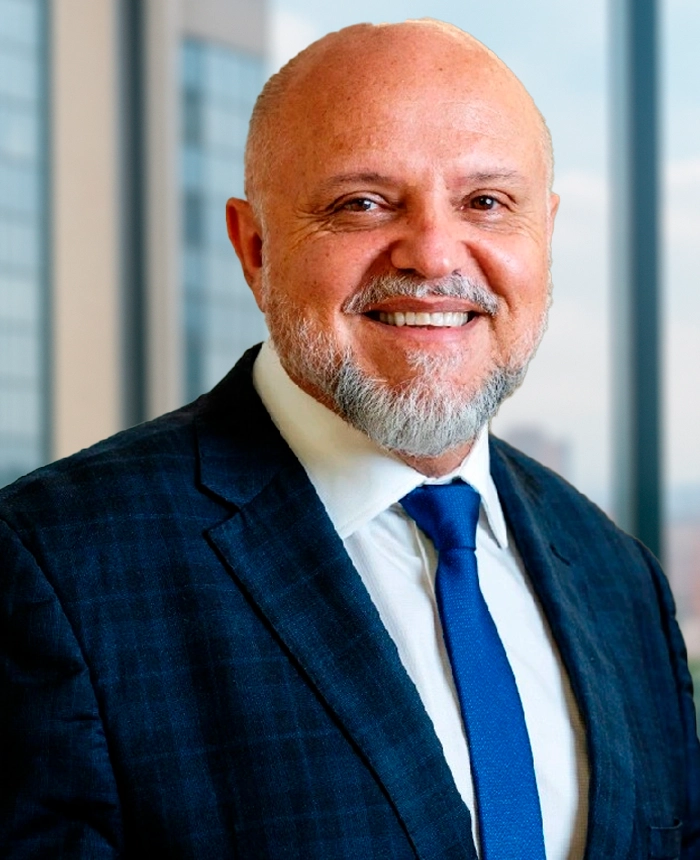
ABRAC | BRASIL | israel.teixeira@pucrs.br
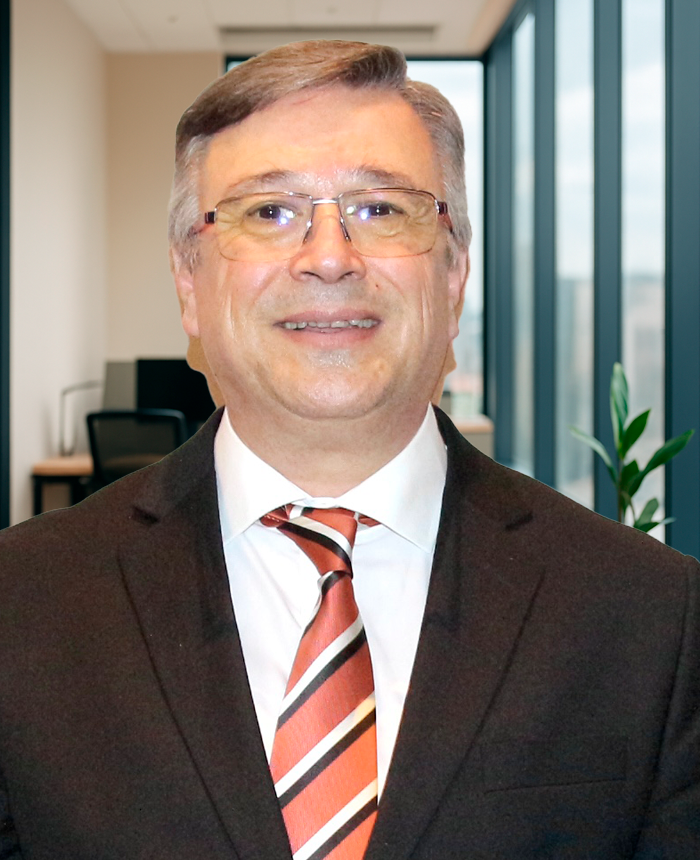
IRAM | ARGENTINA | jogando@iram.org.ar
The Chair of the IAAC Stakeholder Committee leads a space for dialogue and collaboration aimed at ensuring that the voices of all sectors related to accreditation are heard and integrated into the strategic decisions of the cooperation. Under its coordination, the committee facilitates the active participation of representatives from industry, consumers, academia, regulators and civil society, promoting an inclusive, transparent approach aligned with international best practices.
This function not only ensures representativeness and fairness in decision-making processes, but also strengthens IAAC's legitimacy and impact in the region. Together with the vice-chair of the committee, who supports operational continuity, the chair acts as a bridge between stakeholders and the Executive Committee, promoting policies that respond to the current challenges of the accreditation system in the Americas.

The IAAC Treasurer plays a key role in the financial sustainability of the organization. He/she is responsible for overseeing the proper management of resources, ensuring transparency, efficiency and compliance with financial policies. His work strengthens the confidence of members and contributes to sound institutional management.
Among his main responsibilities are: submitting periodic financial reports, presenting the annual budget formulation, reviewing external audits, and ensuring clear and timely accountability. Its financial leadership is essential to the smooth functioning and strategic projection of IAAC in the Americas.
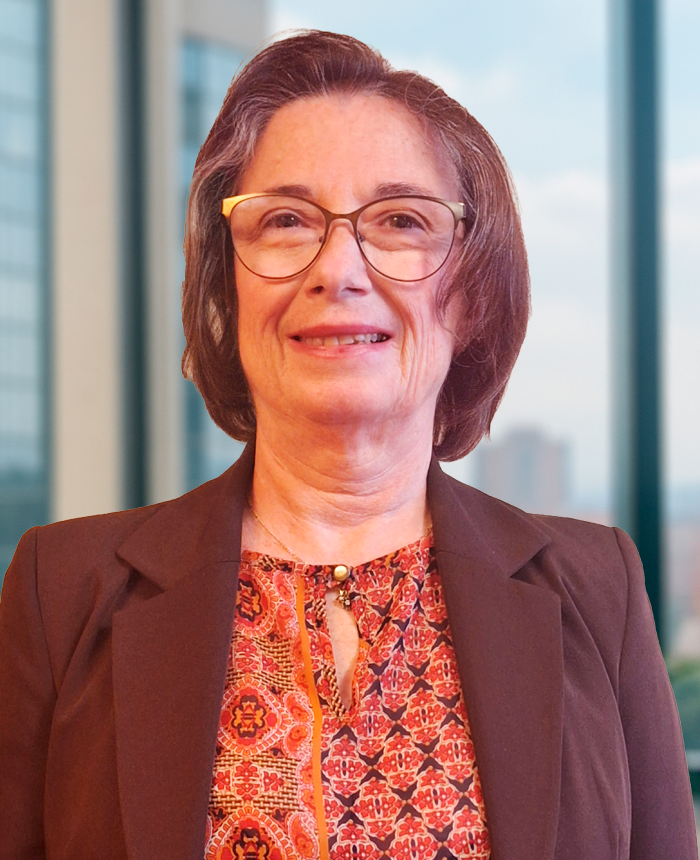
She chaired IAAC between 2018 and 2022, leading a key period of institutional strengthening and international positioning. Her commitment to excellence and regional cooperation left a significant mark on the development of the organization.
Today, he continues to contribute his expertise as a member of the Executive Committee, supporting IAAC's governance and actively contributing to the achievement of its strategic objectives.
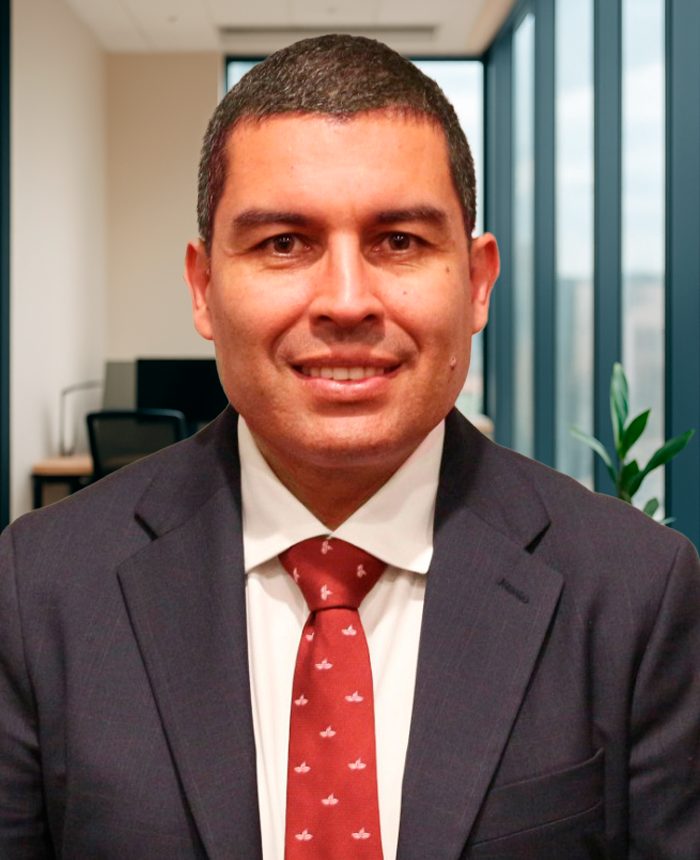
The Executive and Technical Secretary coordinates the implementation of IAAC's strategic decisions. The Executive and Technical Secretary accompanies the work of committees, subcommittees and working groups; facilitates the peer assessment processes that underpin the integrity of the Multilateral Recognition Agreements (MLAs); and promotes training and capacity building initiatives. Its work ensures that the orientations of the Executive Committee and the General Assembly are translated into tangible results for the continent's members and stakeholders.
In addition to managing the budget -under the supervision of the Treasurer- and the internal administration -under the direction of the IAAC President-, the Secretary exercises the legal representation of the organization and promotes its strategic positioning in key forums of the regional and international quality infrastructure, such as ILAC, IAF, QICA, and spaces for metrology, standardization and technical cooperation.-
Through continuous dialogue with public and private organizations in the Americas and the Caribbean, the Secretariat ensures that IAAC processes respond to the real needs of industry, regulatory authorities and society. With transparent management, close communication and strategic alliances, the Executive and Technical Secretariat drives IAAC's mission: to build trust and facilitate trade through robust, recognized and harmonized accreditation throughout the region.
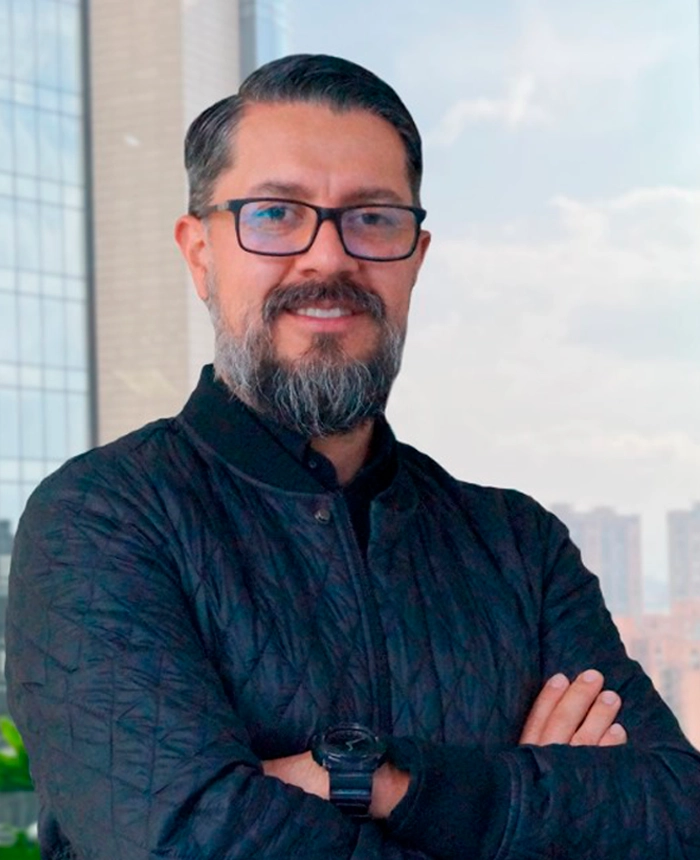

The Chair of the IAAC Laboratory Subcommittee leads and coordinates the activities of the subcommittee, ensuring consistency and effectiveness in the development of technical policies and procedures related to laboratory accreditation. His main responsibilities include:
These functions are critical to maintaining the technical integrity and credibility of the IAAC laboratory accreditation system.
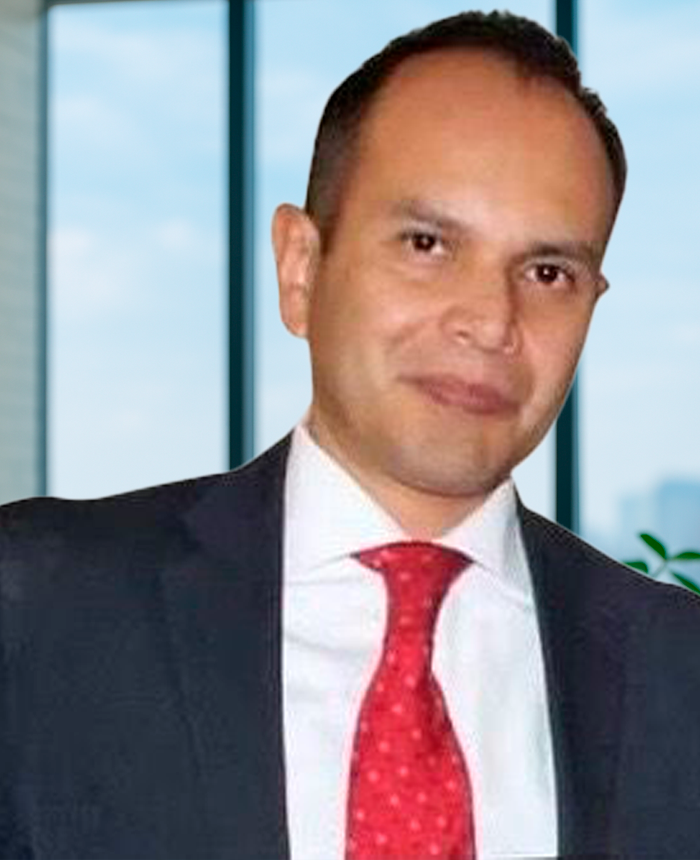
EMA | México | renato.ortiz@ema.org.mx
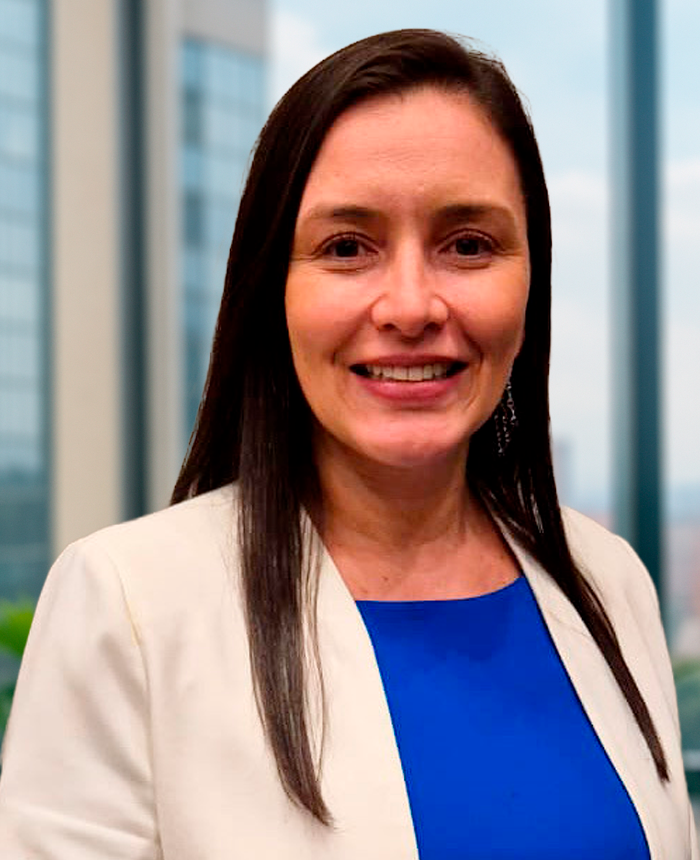
ECA | Costa Rica | i.delgado@eca.or.cr
The Chair of the IBSC leads and coordinates the activities of the subcommittee, ensuring consistency and effectiveness in the development of policies and technical procedures related to the accreditation of inspection bodies. His main responsibilities include:
These functions are critical to maintaining the technical integrity and credibility of IAAC's inspection body accreditation system.
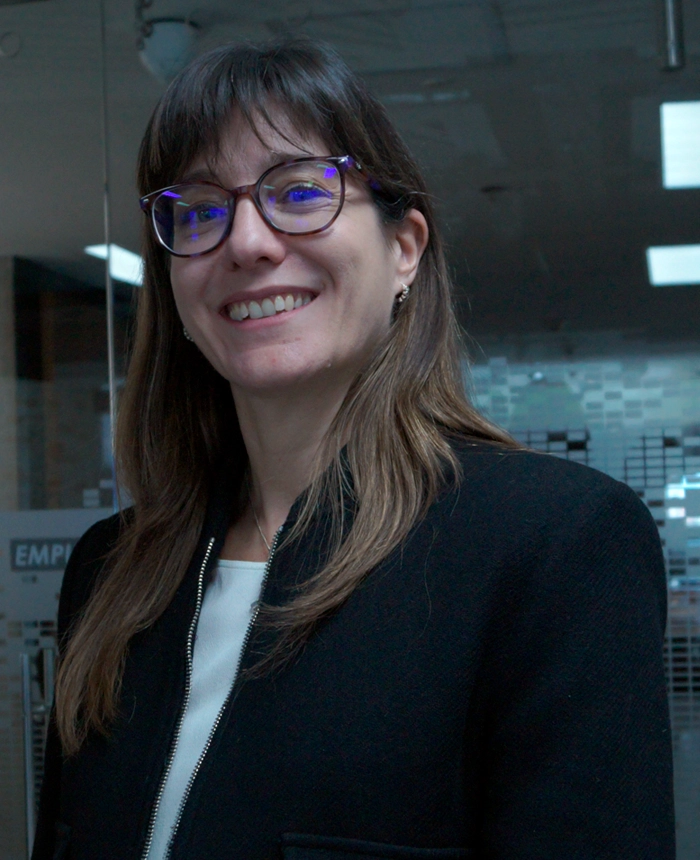
OAA | Argentina | ritacinca@oaa.org.ar
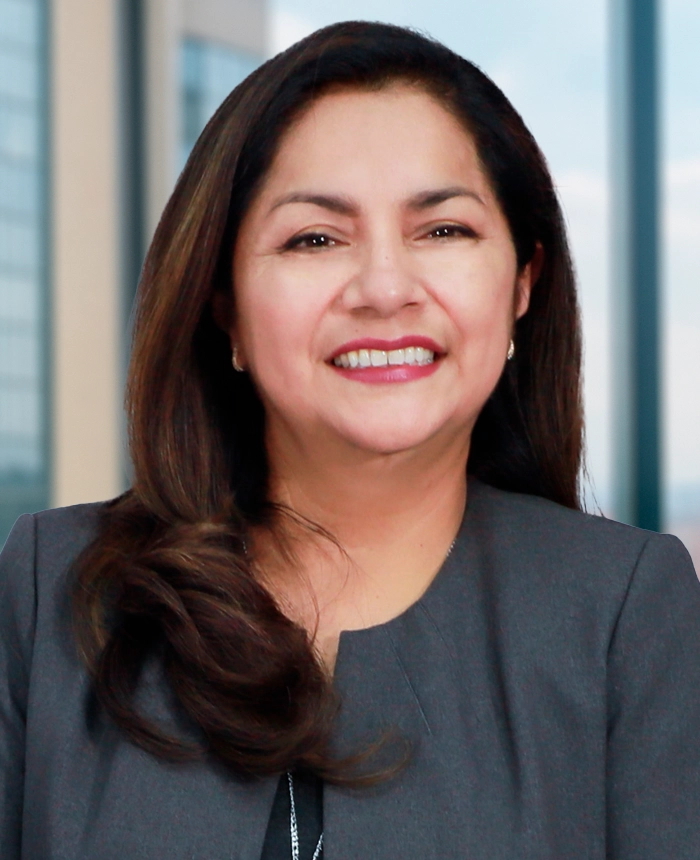
INACAL | Perú | paguilar@inacal.gob.pe
The CBSC Chairperson leads and coordinates the activities of the subcommittee, ensuring consistency and effectiveness in the development of policies and technical procedures related to the accreditation of certification bodies for management systems, product, processes and services, people, and verification and validation. His main responsibilities include:
These functions are critical to maintaining the technical integrity and credibility of IAAC's certification body accreditation system.
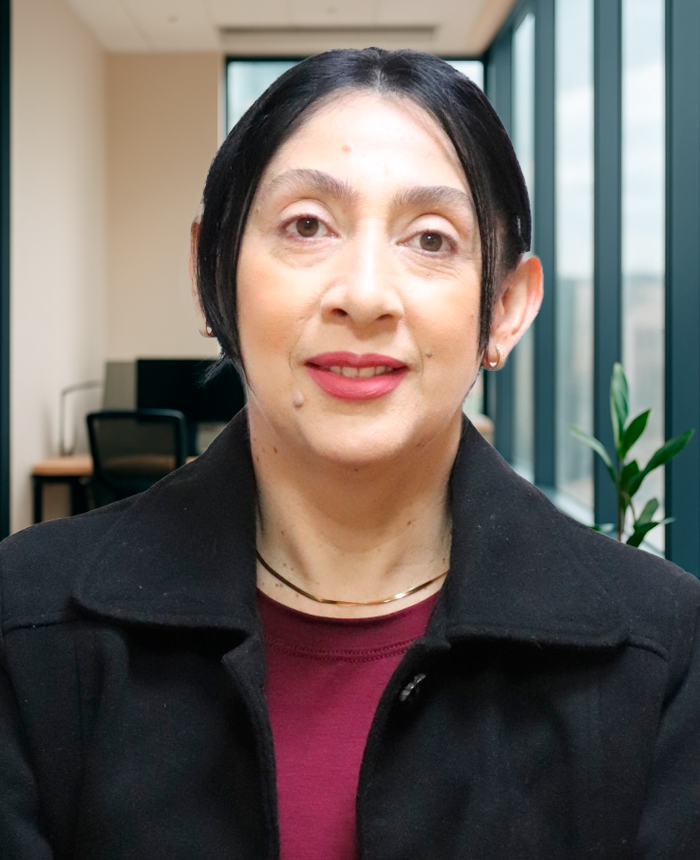
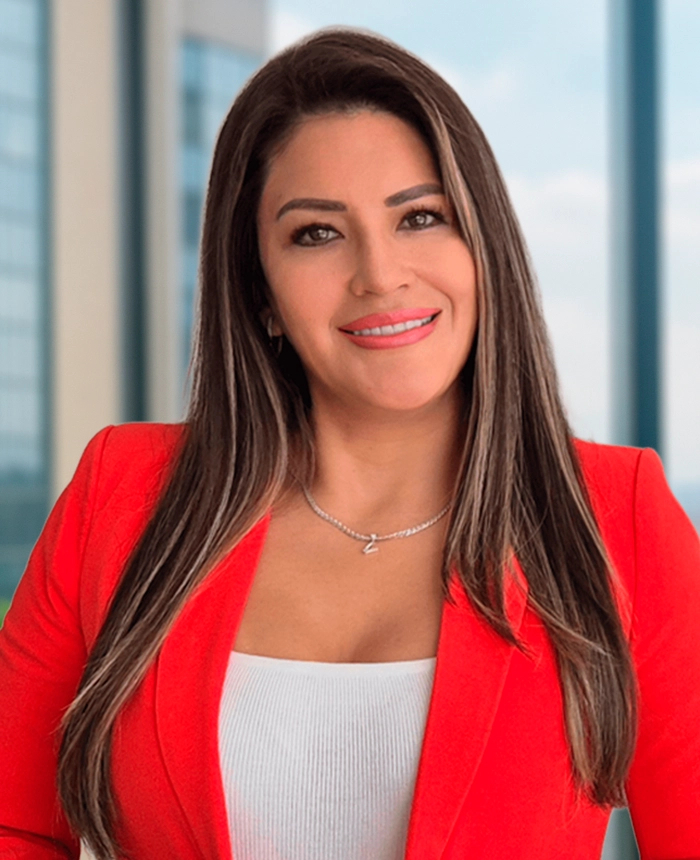
The Promotion Subcommittee Chair leads and coordinates activities aimed at promoting accreditation in the region. His/her main responsibilities include:
These functions are essential to strengthen IAAC's presence and impact in the region, promoting the importance of accreditation and conformity assessment.

JANAAC | Jamaica | Gabrielle.Andrade-Bell@janaac.gov.jm
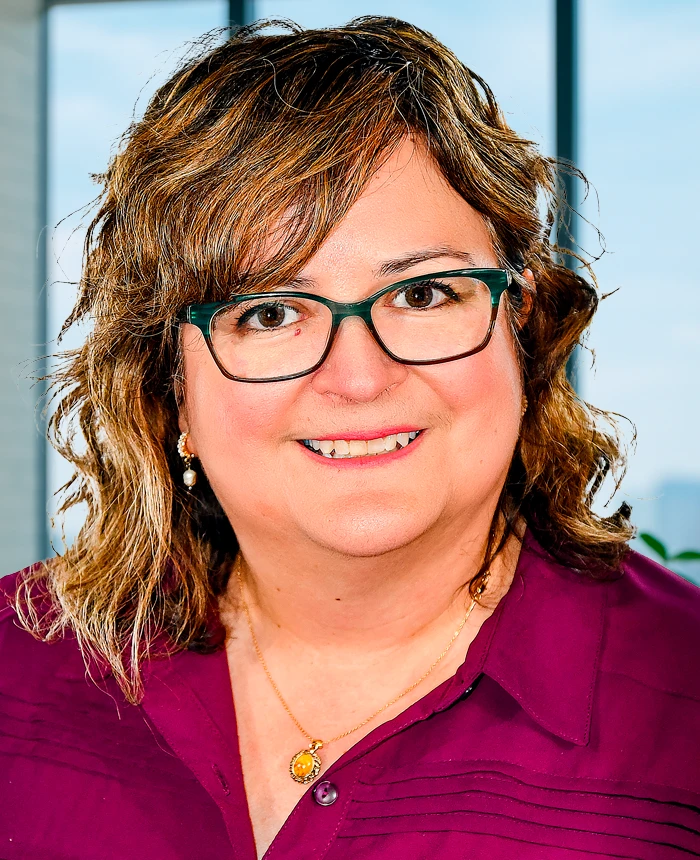
ANAB | USA | pnunez@anab.org
The President of the Documentation Subcommittee (DSC) of IAAC leads and coordinates activities related to the management and development of the organization’s technical documents. Their main responsibilities include:
These functions are essential for maintaining the technical integrity and credibility of IAAC’s documentation system.
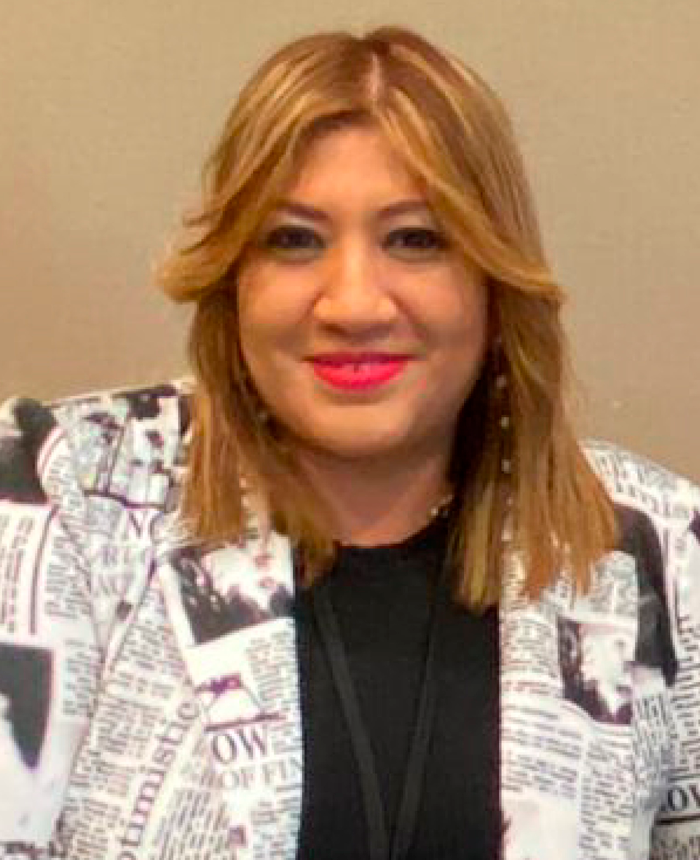
EMA | MÉXICO | martha.mejia@ema.org.mx
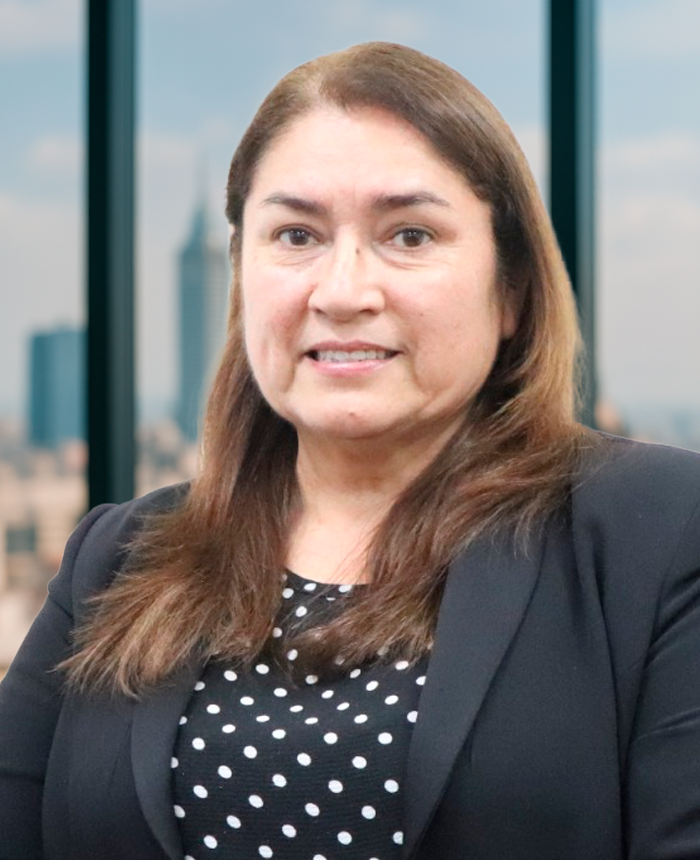
ONA | Paraguay | mcuevas@conacyt.gov.py
The IAAC Training Subcommittee Chair (TSC) leads and coordinates activities related to training and capacity building within the organization. His/her main responsibilities include:
These functions are fundamental to strengthen the technical and operational capabilities of IAAC members, contributing to the fulfillment of its institutional mission and vision.
Information